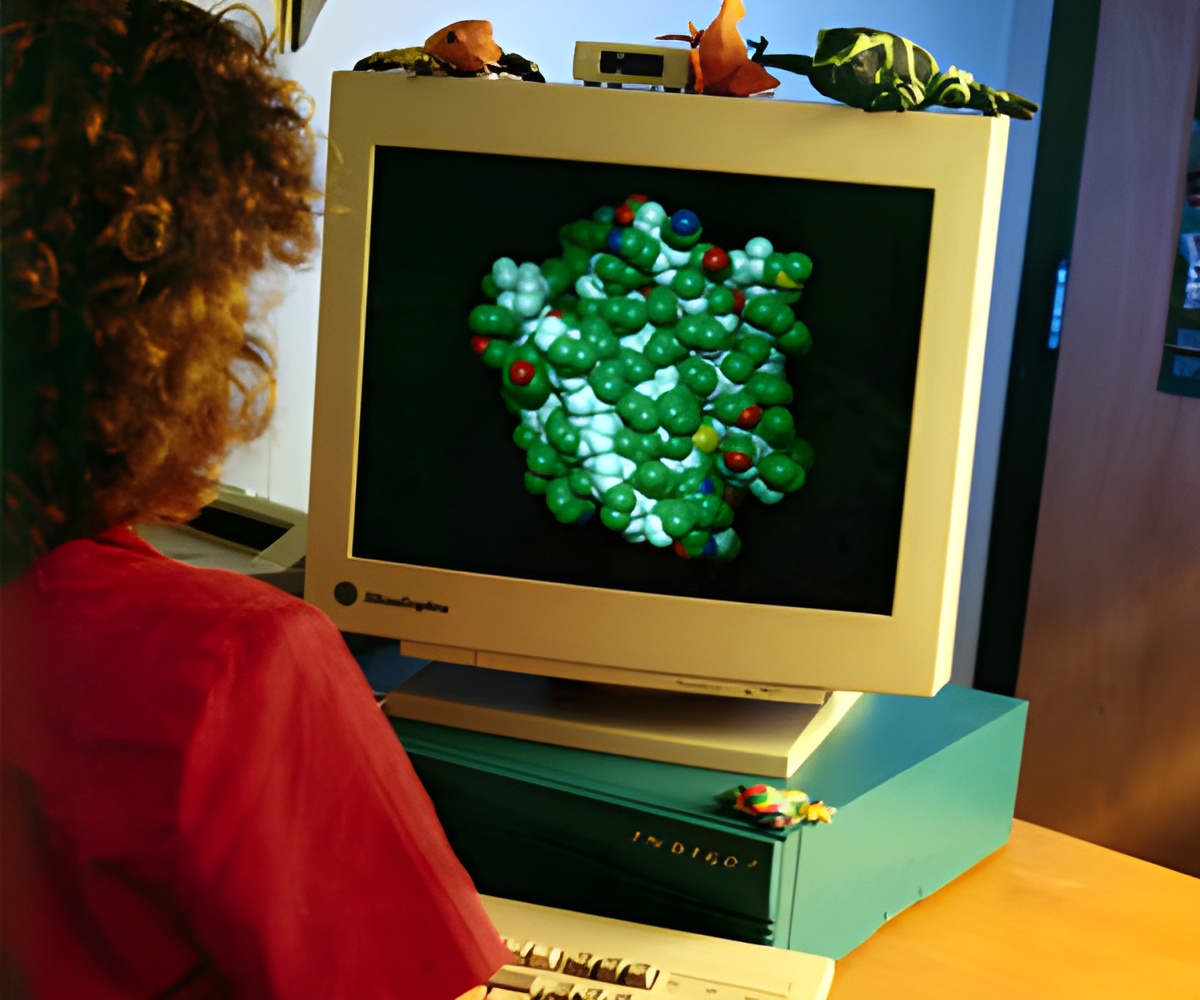The new technique developed by a Stanford group creates a dramatically more natural virtual reality experience than what is present in today's leading headsets.

Now, scientists at the Stanford Computational Imaging Group have created a prototype for a virtual reality headset that uses light-field technology to produce a natural, comfortable 3D viewing experience.
“In current flat stereoscopic virtual reality headsets, each eye sees only one image. Depth of field is also limited, as the eye is forced to focus on only a single plane. In the real world, we see slightly different perspectives of the same 3D scene at different positions of our eye's pupil,” said Gordon Wetzstein, an assistant professor of electrical engineering at Stanford.
The Stanford researcher’s technique is a new way of creating virtual reality imagery that is more like what we experience in the real world, in effect reducing the sea sickness that can prevent many from using VR displays.
The technology is based on creating a light field that mimics how the light rays would arrive at the eyes in the real world. This allows the eyes to focus in a natural way, reducing how much reconstruction the brain must perform.
Advertisement











